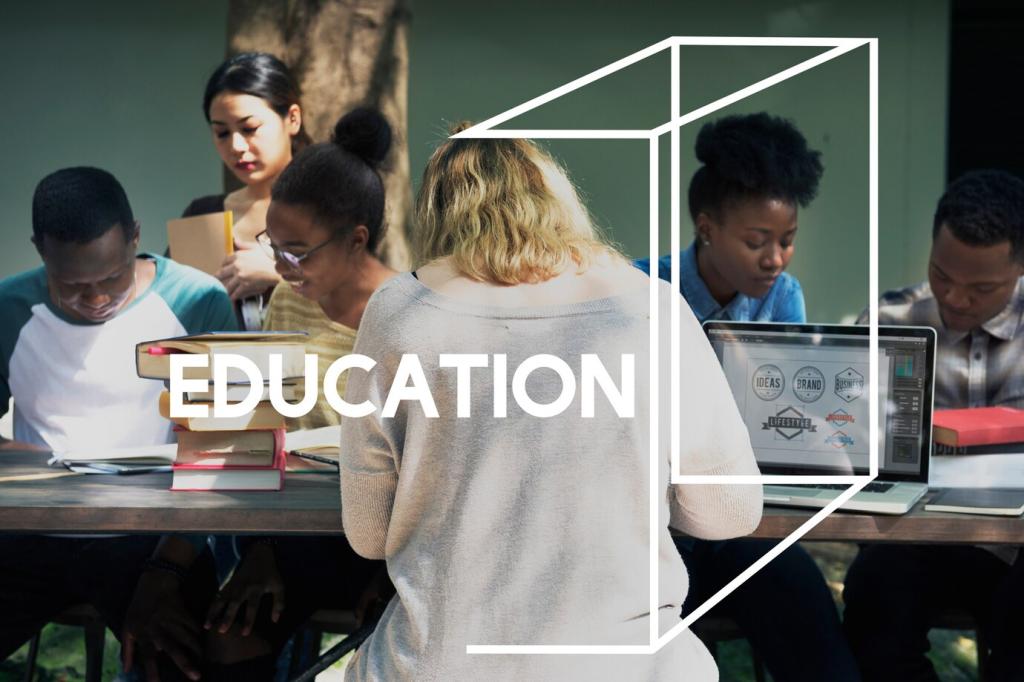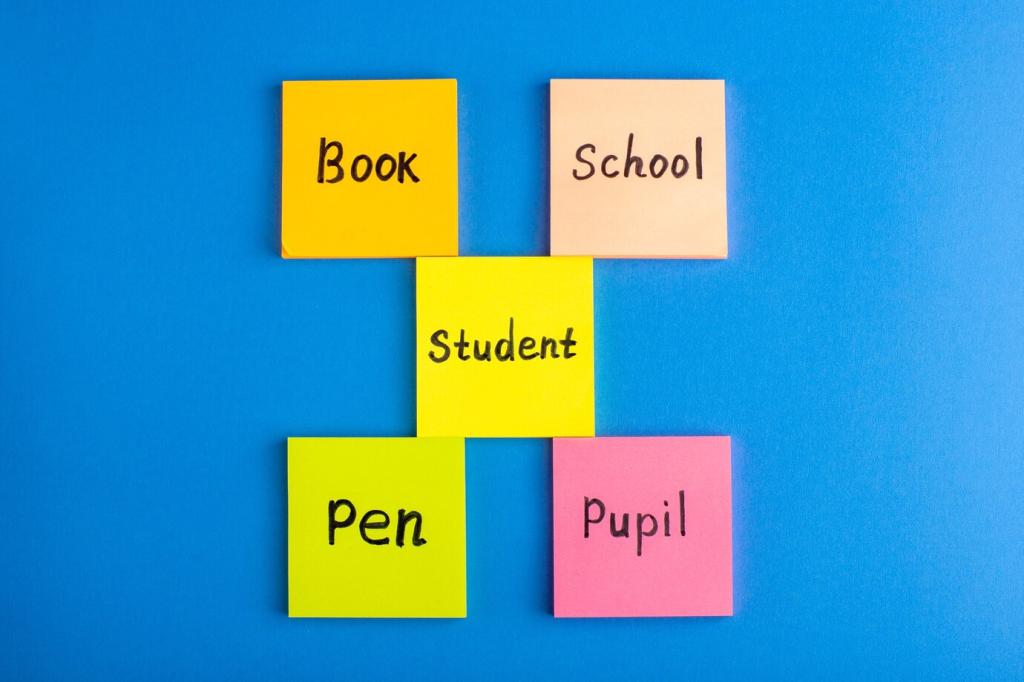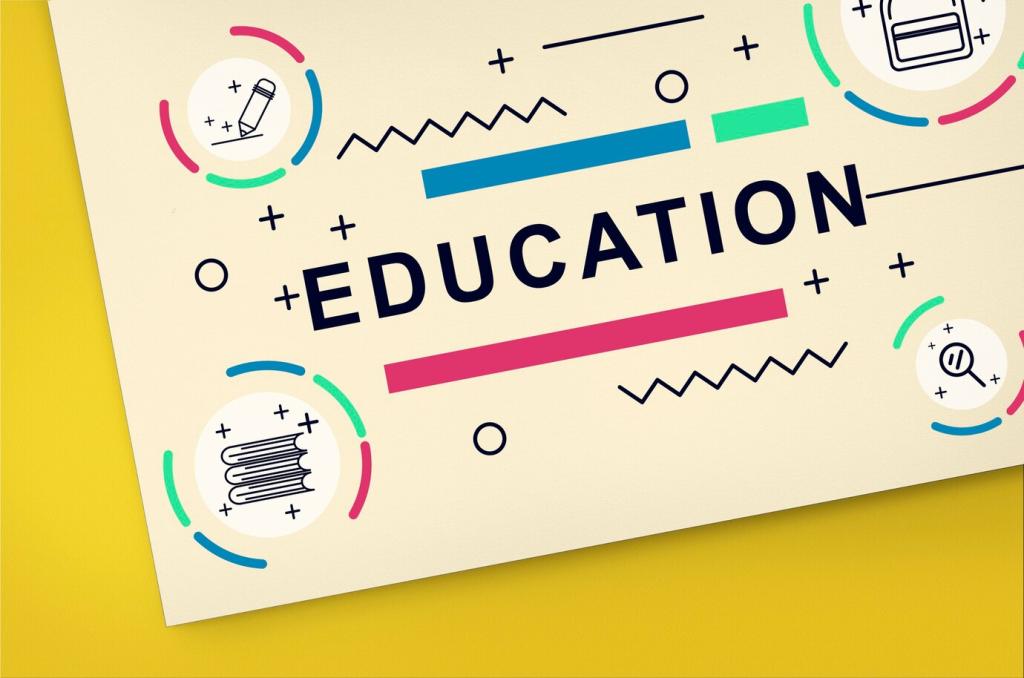Incorporating Cultural Context in Language Teaching
Today’s chosen theme is “Incorporating Cultural Context in Language Teaching.” Step into lessons where language is lived, not memorized—stories, practices, values, and perspectives that turn vocabulary into relationships and grammar into real-world understanding.
Why Cultural Context Transforms Language Learning
Learners persist when lessons reflect who they are and whom they might meet. Connecting language to identities, celebrations, and everyday routines helps students feel seen, valued, and curious, fueling sustained practice beyond the textbook and classroom walls.
Why Cultural Context Transforms Language Learning
Culture shapes when to be indirect, how to show respect, and which tone builds trust. Teaching greetings, refusals, humor, and small talk through authentic scenarios prevents misunderstandings and empowers learners to respond appropriately in diverse, real social contexts.




Practical Ways to Integrate Culture Daily
Bring in menus, transit maps, festival posters, voice notes, and short videos. Pair each with a communicative task, like planning a meetup or ordering food, so students practice language while decoding cultural norms, visual cues, and contextual expectations.
Practical Ways to Integrate Culture Daily
Ask students to interview relatives or neighbors about comparable traditions, then read or watch target-language accounts. Juxtaposing local and global stories highlights similarities, differences, and evolving practices, encouraging respectful curiosity and critical thinking about cultural continuity and change.
Assessing Intercultural Communicative Competence
Create role-plays like apologizing for lateness, proposing a plan, or giving feedback in culturally appropriate ways. Rubrics can rate empathy, register, clarity, and flexibility, rewarding learners who notice cues, adapt tone, and repair misunderstandings thoughtfully during interactions.


Assessing Intercultural Communicative Competence
Invite short reflections after cultural tasks: what surprised them, what felt uncomfortable, and how they adjusted language choices. Reflection solidifies learning, reveals growth areas, and guides future lessons while validating emotions that often accompany intercultural encounters.
Setting Up Safe, Meaningful Exchanges
Co-create norms with partner classes: response timelines, respectful feedback, and media guidelines. Provide structured prompts that invite storytelling about routines, holidays, and school life, turning asynchronous messages into genuine conversation rather than disconnected assignments or checklists.
Curating Ethical, Diverse Online Content
Gather sources from multiple regions and communities, prioritizing creators who speak for themselves. Teach students to question representation and context. A short video plus creator background can spark deep discussions about perspective, bias, and respectful attribution practices online today.
Time Zones, Accessibility, and Equity
Plan around time differences, bandwidth constraints, and device access. Offer multimodal options—audio, captions, simplified texts, and visuals—so every learner participates meaningfully. Equity-minded logistics turn exchanges from exclusive experiences into inclusive, sustainable cultural learning for the entire class.




Challenging Single Stories
Present contrasting sources on the same topic—news articles, personal blogs, and interviews. Students analyze language choices and who gets to speak. This approach counters monolithic narratives and invites dialogue grounded in evidence, empathy, and humility.
Translanguaging as Cultural Bridge
Allow learners to leverage home languages while building target language skills. Translanguaging honors identities, accelerates comprehension, and reveals cultural nuance embedded in idioms, proverbs, and humor that might otherwise be lost in forced monolingual practice.
Student Voice, Choice, and Agency
Offer flexible products—letters, vlogs, infographics—so students express cultural insights authentically. Choice amplifies engagement and lets learners connect class content to personal histories, creating investment that deepens intercultural competence and communicative confidence simultaneously.

A Classroom Story: Culture in Action
A shy student froze during role-plays until we explored informal greetings from regional variants. Seeing friends use those phrases online, they practiced with pride, finally initiating conversations and repairing misunderstandings using culturally appropriate softeners and gestures.
A Classroom Story: Culture in Action
Participation doubled; error patterns shifted from literal translation to pragmatic finesse. Surveys showed improved confidence in navigating unfamiliar settings, and peer feedback highlighted growth in respectful disagreement, timing, and tone across collaborative tasks, presentations, and community interactions.
